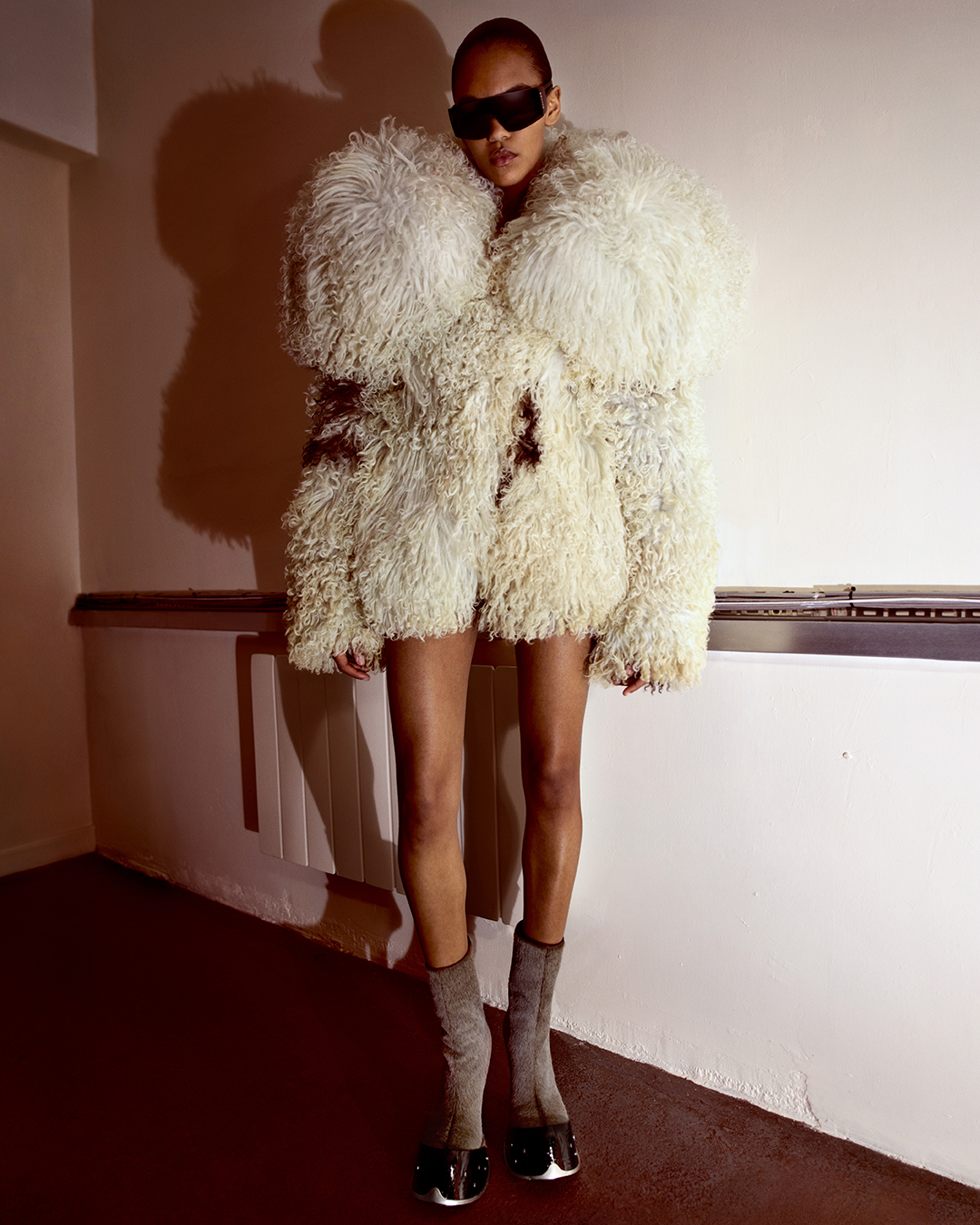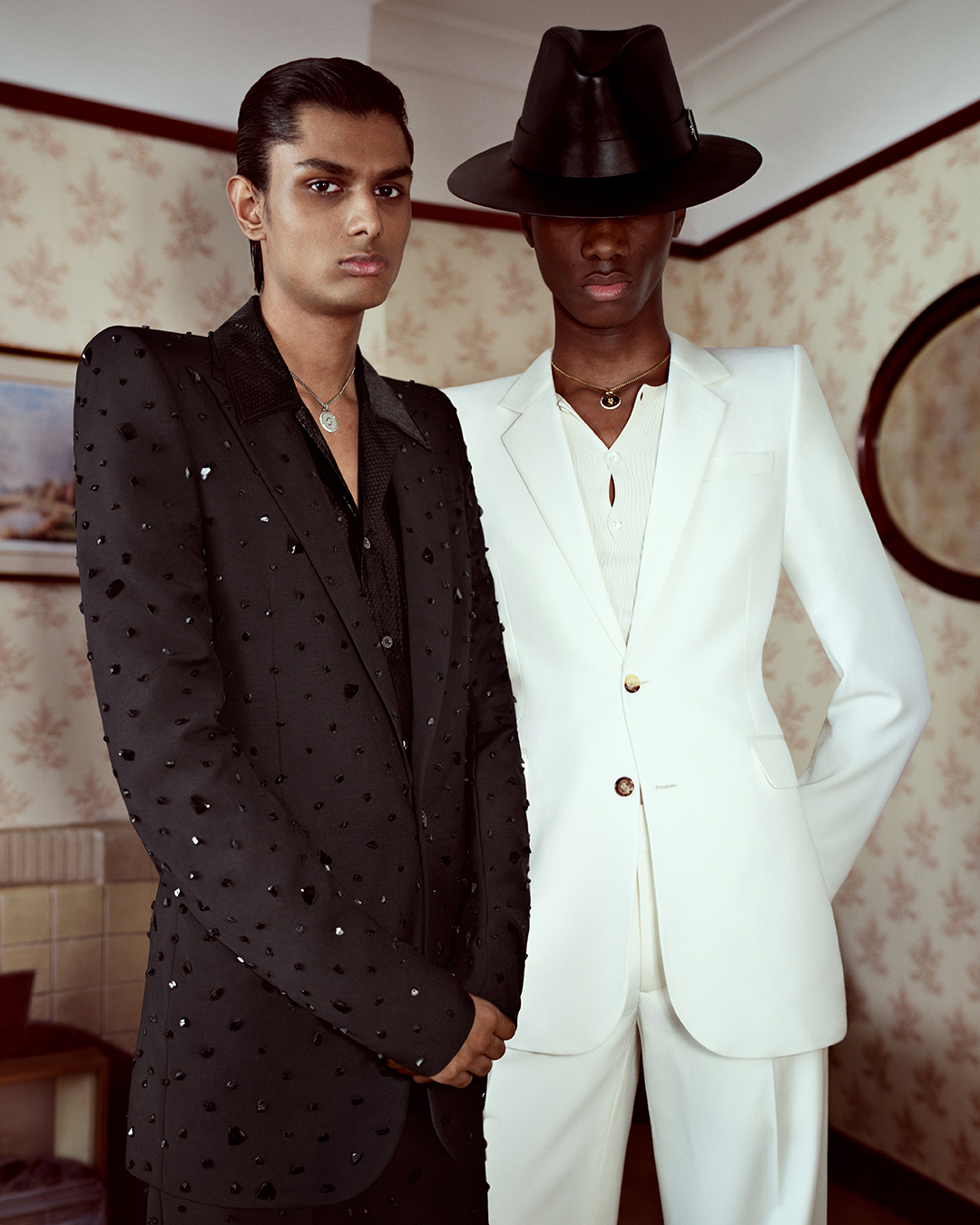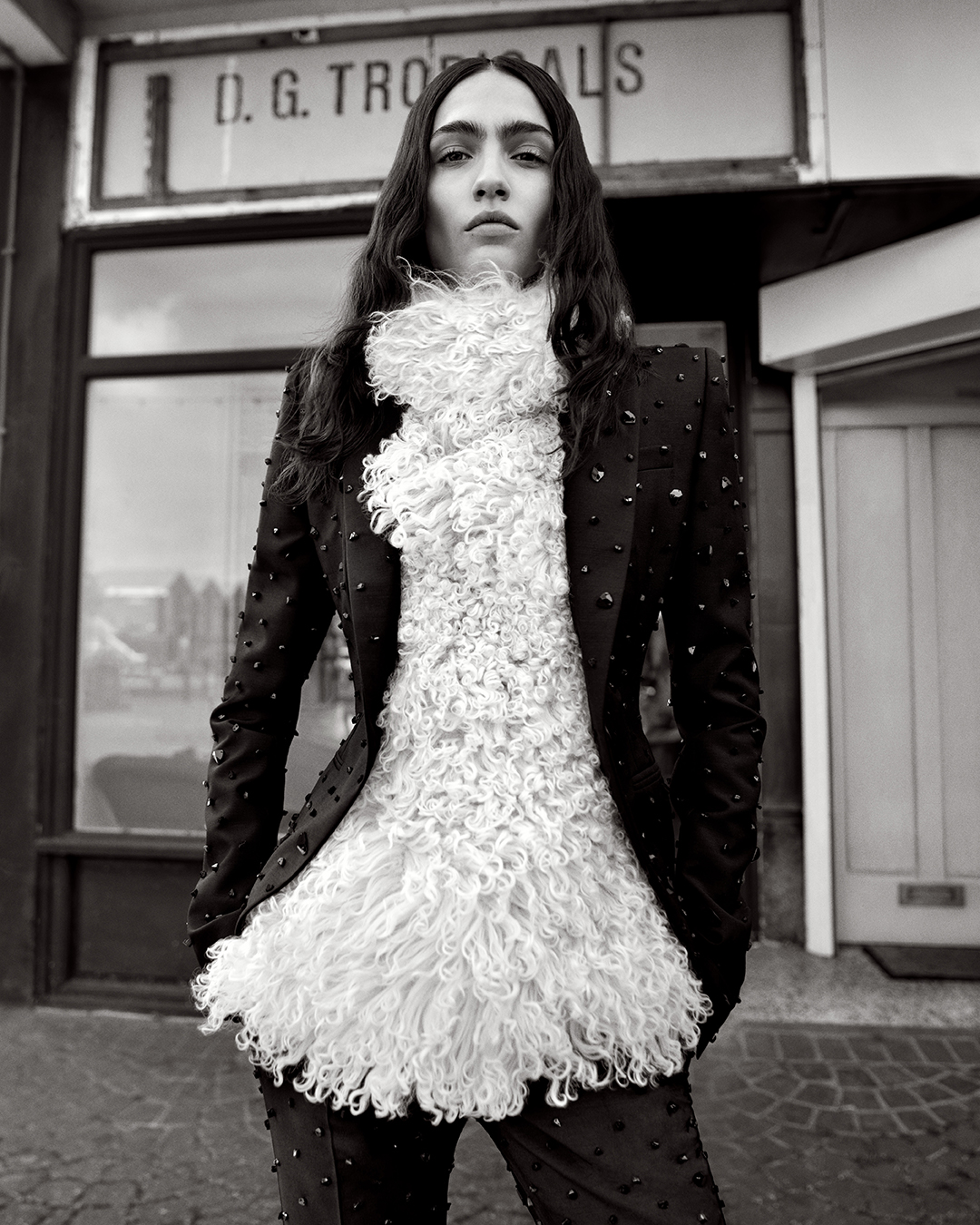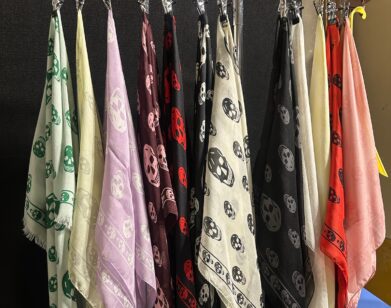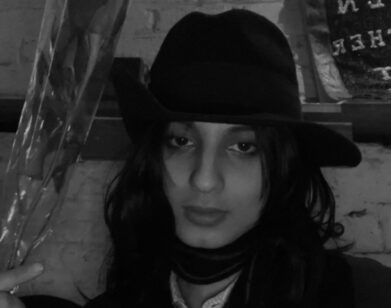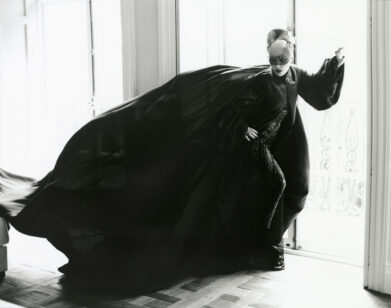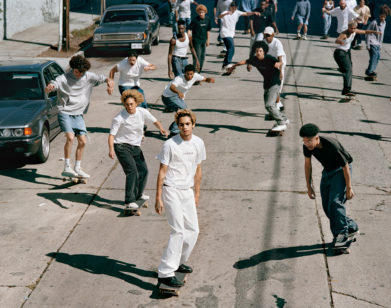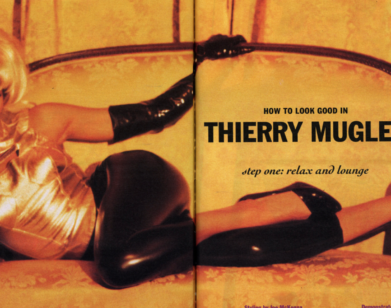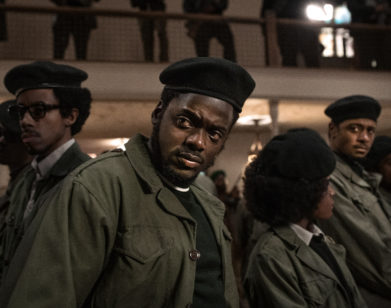CAMPAIGN
Hold Your Horses! It’s Seán McGirr’s First Collection for McQueen.
It is fitting that, following a Brat summer, we should have a Pure Heroine fall. But let’s go back: The year is 2013. Lorde’s “Royals” is blaring through a car stereo while you smoke your first cigarette in a church parking lot. That viral photo of five teens lined up against a brick wall in head-to-toe normcore hasn’t yet reached the point of irony– and neither have tattoo chokers or Matty Healy. Nostalgia motivates the aesthetic, the idea that any era prior to our own was somehow better. Within that vortex of looking and longing lies the “rough opulence” of Seán McGirr’s first collection as creative director at McQueen, which launched last week.
Inspired by the city of London and its rogue’s gallery of characters, McGirr, who before his McQueen appointment served as head of menswear at JW Anderson, lurched back in time to mold hipster silhouettes into larger-than-life, haptic structures. His Autumn Winter 2024 collection showcases cylindrical turtlenecks that billow over the mouth; shaggy fur coats with oversized collars; pin-up suits with sharp shoulders; and studded boots that are trailed by a horsetail on the heel (a nod to Mr. Mcqueen’s armadillo shoes). “’McQueen is a London-born brand and has always represented an idea of London that I’m deeply attached to,” McGirr told us. “I want to bring that energy to life with the rigour and raw feeling that makes the city’s air hum, leaning deep into its tensions.”
The tension of this collection –as is essential for any McQueen tag– lies in the fluctuation between constriction and catharsis. “Compressed silhouettes,” encroaching necklines, sheet metal dresses, and binded skinny jeans give way to “the animal within,” made literal by explosions of fur bursting through seams. (If we consider McGirr’s task, which is to marry his voice with an already-established label, can we see the parallels?) Like shattered glass becoming a prism, McGirr’s new vision for McQueen engages with the burden of legacy but contorts it, making the old new again. As Autumn approaches, McGirr evokes something deeply optimistic about the state of culture: maybe if you shine a flashlight on 2013, it wasn’t so bad. And if you twist the past just enough, it can become modern.

